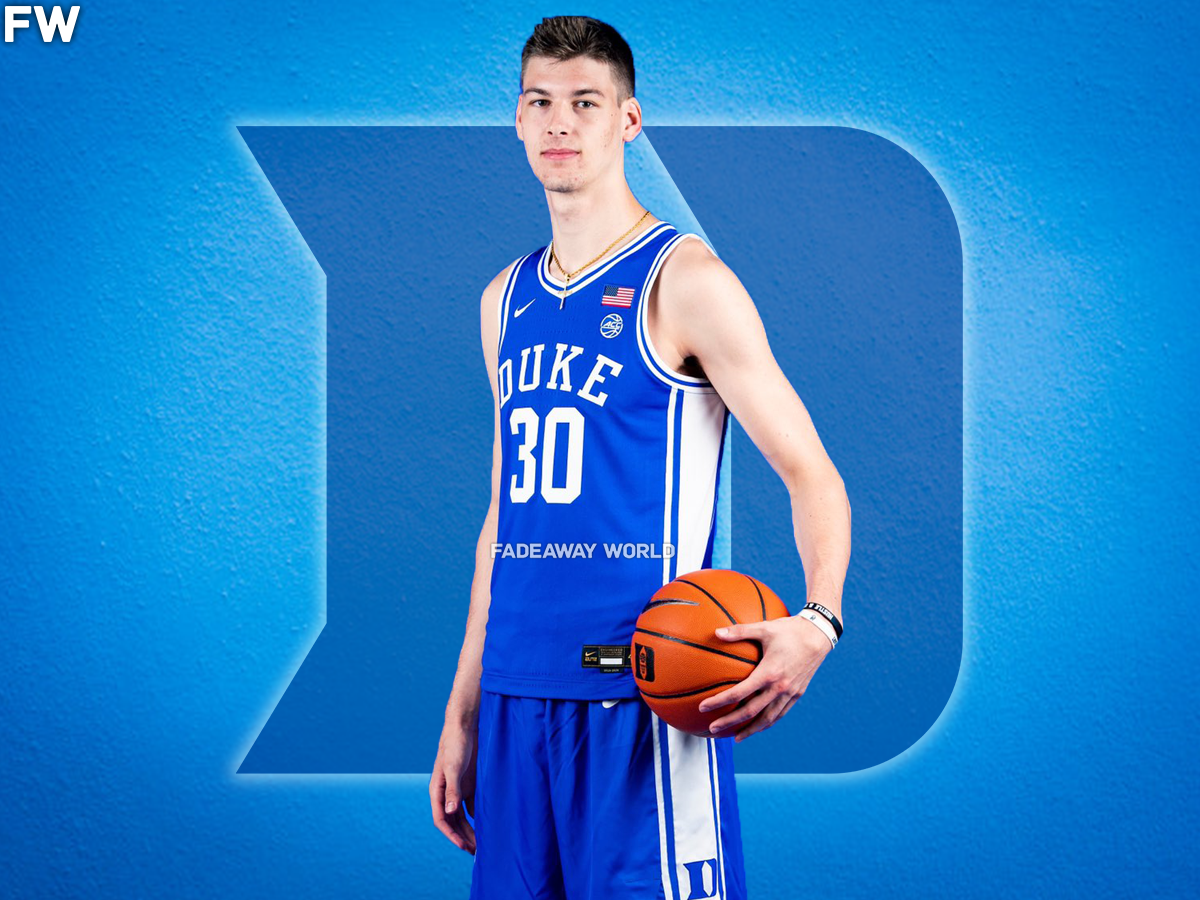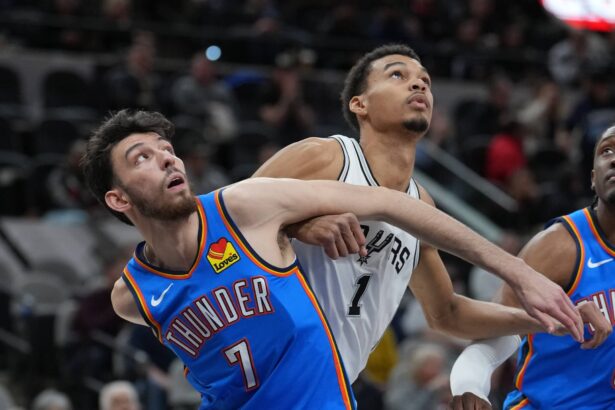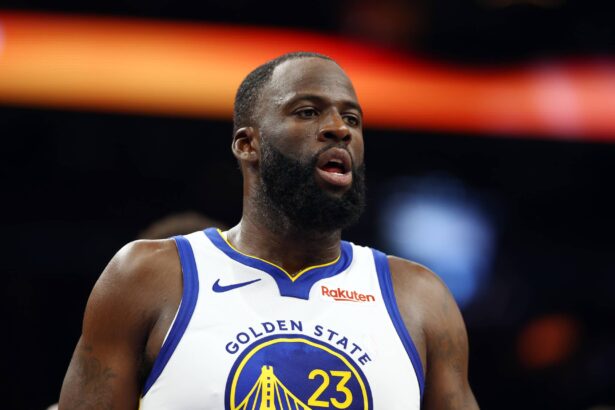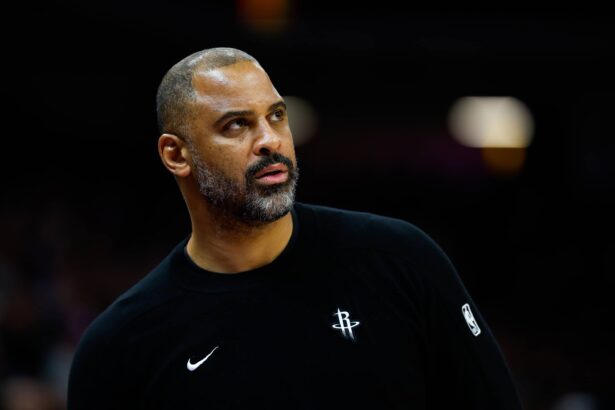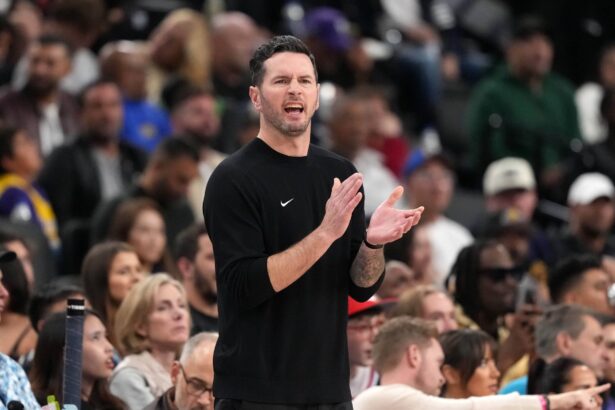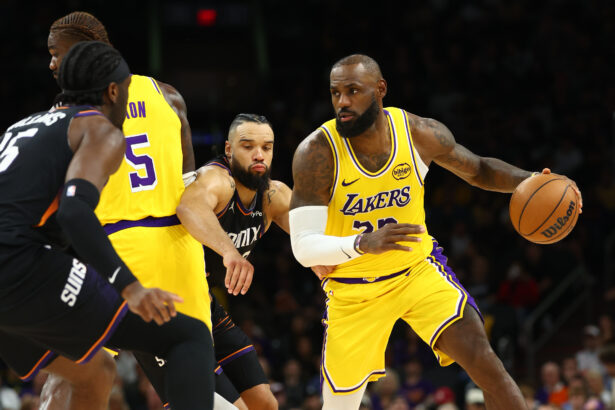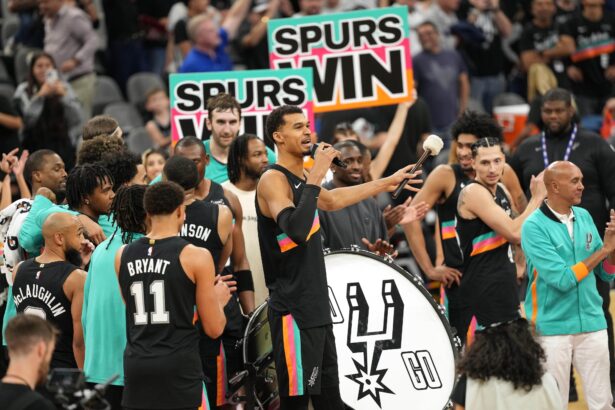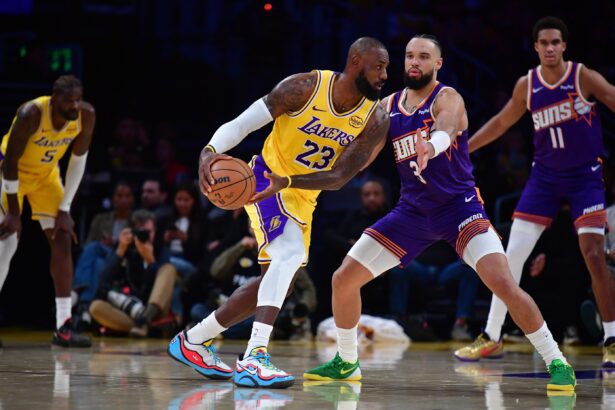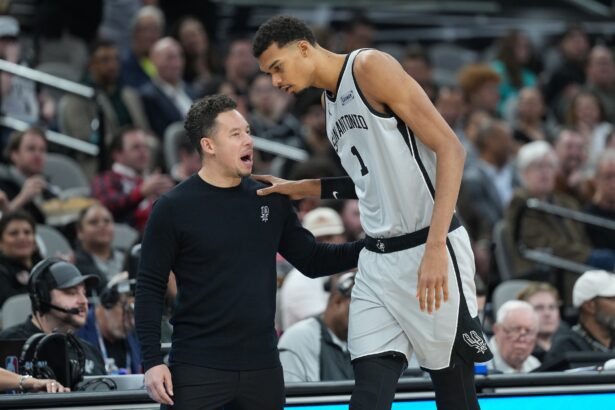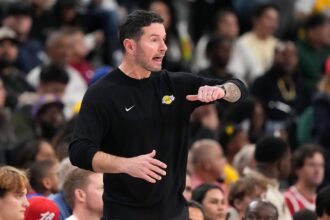The court-storming celebration that followed Wake Forest’s upset victory over No. 8 Duke on Saturday took a dangerous turn, resulting in Duke star Kyle Filipowski sustaining an injury.
As fans flooded the court in jubilation, Filipowski found himself in the midst of chaos, colliding with a fan and injuring his knee in the process. The incident reignited discussions about the risks associated with court storming and prompted calls for change from both coaches and players.
This gotta change…
— Kyle “Flip” Filipowski (@kylefilipowski) February 24, 2024
Filipowski, who finished the game with a team-high 17 points, described the collision as “personal” and “intentional,” expressing frustration at the lack of regard for player safety. His injury underscored the potential dangers posed by such celebrations, highlighting the need for increased precautions to ensure the well-being of athletes.
Jon Scheyer: “When are we going to ban court-storming? … It’s a dangerous thing.”
Scheyer says Kyle Filipowski sprained his ankle during the Wake Forest court-storm. pic.twitter.com/zE1yr7O6bJ
— Josh Graham (@JoshGrahamShow) February 24, 2024
Duke coach Jon Scheyer and Wake Forest coach Steve Forbes both condemned court storming, emphasizing the need for stricter measures to prevent such incidents in the future. Scheyer called for a ban on court storming altogether, citing the rising frequency of dangerous encounters between players and fans.
The incident involving Filipowski is not an isolated case, as similar incidents have occurred in college basketball this season, including an incident involving Iowa’s Caitlin Clark colliding with a fan after a game. Such occurrences underscore the need for a comprehensive approach to address the risks associated with court storming.
In response to the incident, Wake Forest athletic director John Currie expressed regret and acknowledged the need for improvement in post-game procedures to protect visiting teams and officials. He pledged to participate in discussions aimed at addressing the issue of court storming at the national level.
While court storming has long been a tradition in college basketball, the incident involving Filipowski highlights the need for a reassessment of its safety protocols. As the conversation continues, it is imperative for stakeholders to prioritize the safety of athletes and implement measures to mitigate the risks associated with such celebrations.
Court Storming Needs To Be Banned
Court storming, a tradition deeply ingrained in college basketball culture, is increasingly coming under scrutiny due to its inherent risks and potential dangers to players, coaches, and fans alike. In an era where player safety is paramount, the continuation of court storming raises serious concerns and begs the question: Why is this practice still allowed?
Comparing the protocols in other major sports leagues, such as the NBA and NFL, highlights the inconsistency in how such celebrations are managed. In the NBA, strict measures are in place to prevent fans from accessing the court, with repercussions for those who attempt to breach this barrier.
Similarly, the NFL employs extensive security measures to swiftly deal with any disruptions on the field, including streakers or unauthorized individuals. Even in soccer, where crowd invasions may occur sporadically, the frequency pales in comparison to college sports.
The inherent danger of court storming cannot be overstated. The chaotic rush of fans onto the court creates a volatile environment where players and officials are at risk of injury. Incidents like the one involving Duke’s Kyle Filipowski serve as sobering reminders of the potential consequences of allowing unchecked celebrations to unfold.
In light of these concerns, there is a compelling argument for banning court storming altogether. While it may be steeped in tradition, prioritizing player safety should take precedence over maintaining outdated customs. Implementing stricter regulations or alternative forms of celebration would help mitigate the risks associated with court storming while still allowing fans to express their enthusiasm and support for their teams.
Ultimately, the safety and well-being of athletes and fans should be non-negotiable. It’s time for college basketball to reassess its stance on court storming and take decisive action to protect those who participate in the game.
“Thank you for being a valued reader of Fadeaway World. If you liked this article, please consider following us on Google News. We really appreciate your support.”

